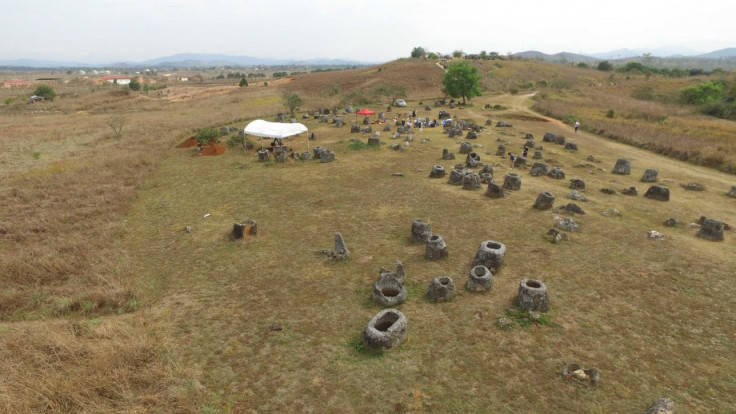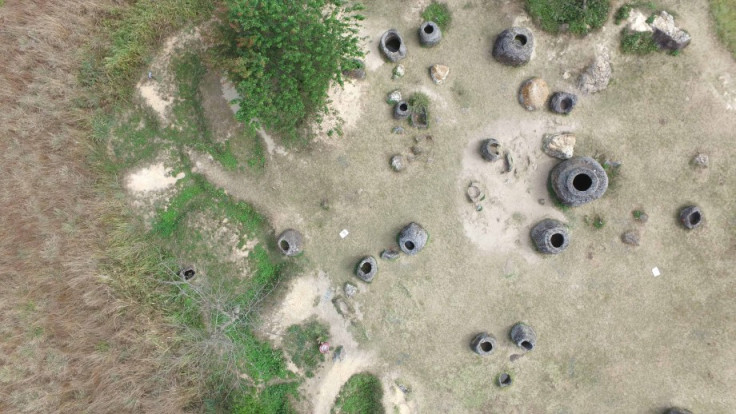Laos: Discovery of human remains at ancient site deepens Plain of Jars mystery
Scientists have uncovered an ancient burial ground, located in one of Asia's most mysterious archaeological sites - the Plain of Jars. For decades, historians and archaeologists have tried to unravel the secrets behind the site, where thousands of stone jars lay scattered across Laos' Xieng Khouang plateau.
The latest discovery, by scientists from the Australian National University (ANU), comes in the context of the first comprehensive excavation project on the site since the 1930's. The team, led by Dr Dougald O'Reilley, have unearthed 2500-year-old human remains, in one of the 90 sites that make up the Plain of Jars.

They hope it will shed a light on the purpose of the jars next to which they were buried. "This will be the first major effort since the 1930s to attempt to understand the purpose of the jars and who created them," O'Reilly said.
Three different types of burial
In the 1930s, French archaeologist Madeleine Colani, the first scholar who explored the Plain of Jars, argued that the site, dating back to the Iron age, was associated with pre-historical burial practices. The jars, which number between one to 400 at each site and range from one to three metres tall, were probably intended to hold cremated remains. This latest discovery buttresses her hypothesis and archaeologists hope it will further their knowledge of ancient funeral rites practised at the site.

They were able to identify three different types of burials during the excavation process. "There are pits full of bones with a large limestone block placed over them and other burials where bones have been placed in ceramic vessels," O'Reilley said. "Our excavations have also revealed, for the first time at one of these sites, a primary burial, where a body was placed in a grave."
Who were they?
These discoveries are interesting, but they also raise new questions, and deepen the mystery surrounding the Plain of Jars. Archaeologists are not able to tell who the deceased were or if the different burial practices were based on hierarchy. A lack of ceremonial objects buried with the remains make it difficult to resolve these interrogations. DNA analysis may thus be the scientists' best hope to find out who the humans buried there were related to.

Beyond its historical and cultural significance, the discovery could also provide the Laos authorities with new arguments to have the site listed as a UNESCO World Heritage site, in order to boost tourism in the region.
© Copyright IBTimes 2025. All rights reserved.






















